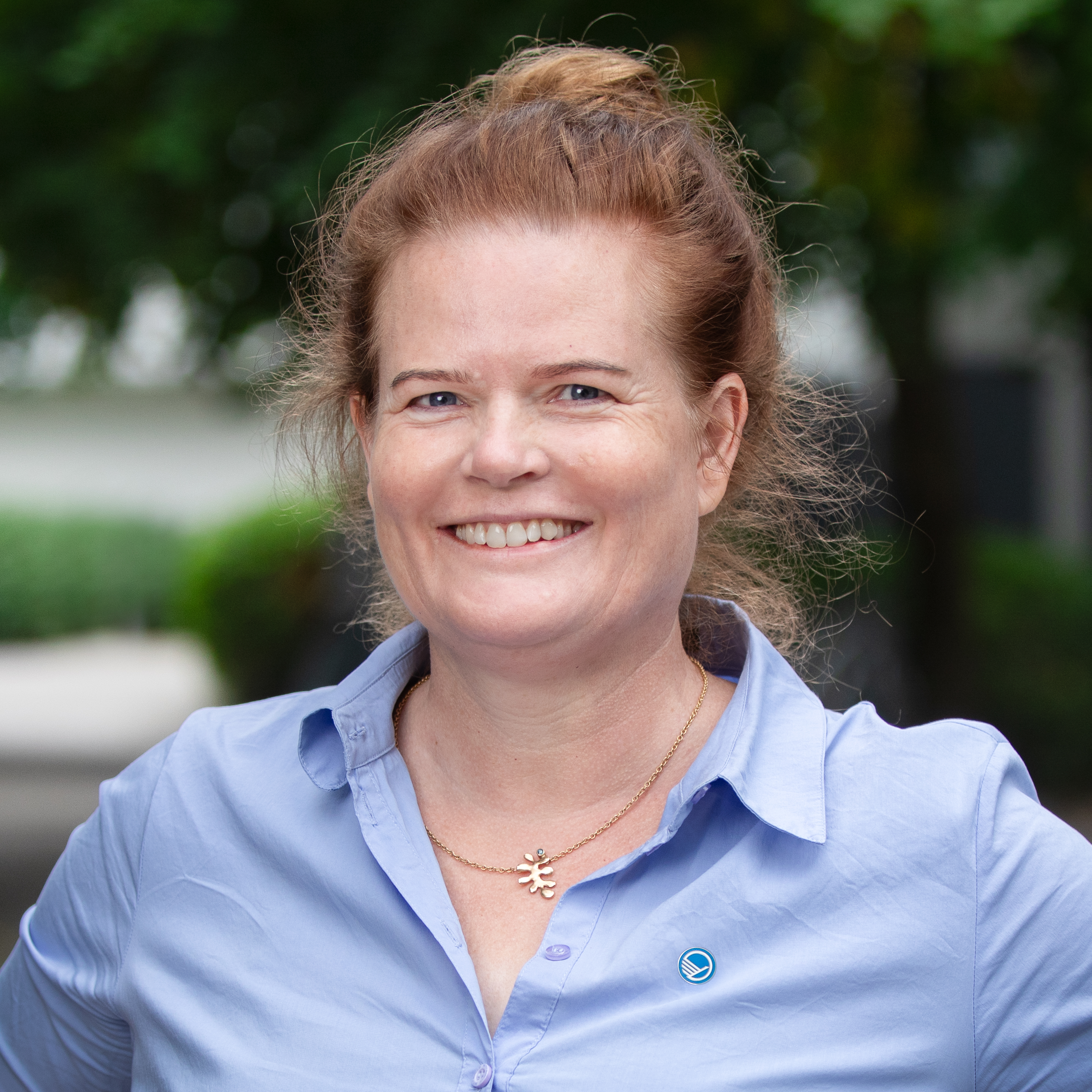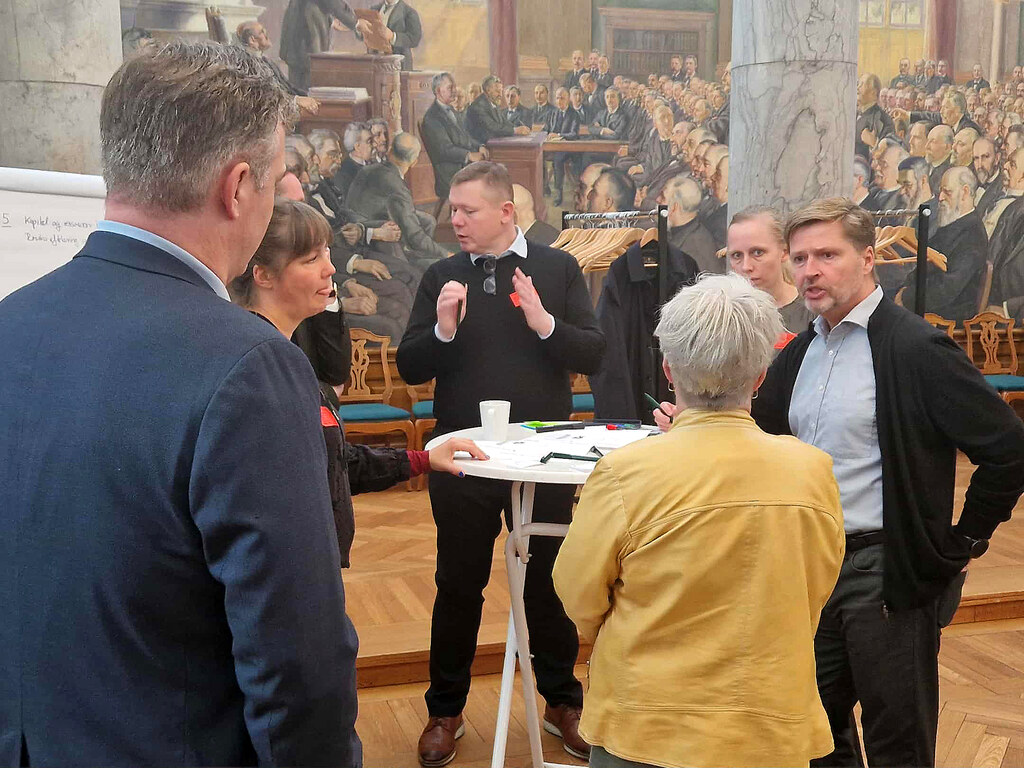
Nordic stakeholders meet to discuss the future of bioenergy value chains
How can Nordic bioenergy value chains be strengthened to ensure energy security, local economic benefits, and a faster green transition? We asked this core question on 11 November, when the…
How can Nordic bioenergy value chains be strengthened to ensure energy security, local economic benefits, and a faster green transition?
We asked this core question on 11 November, when the Bioenergy Value Chain Programme concluded with an inspiring and dynamic workshop, hosted at the Danish Parliament, Christiansborg Castle.
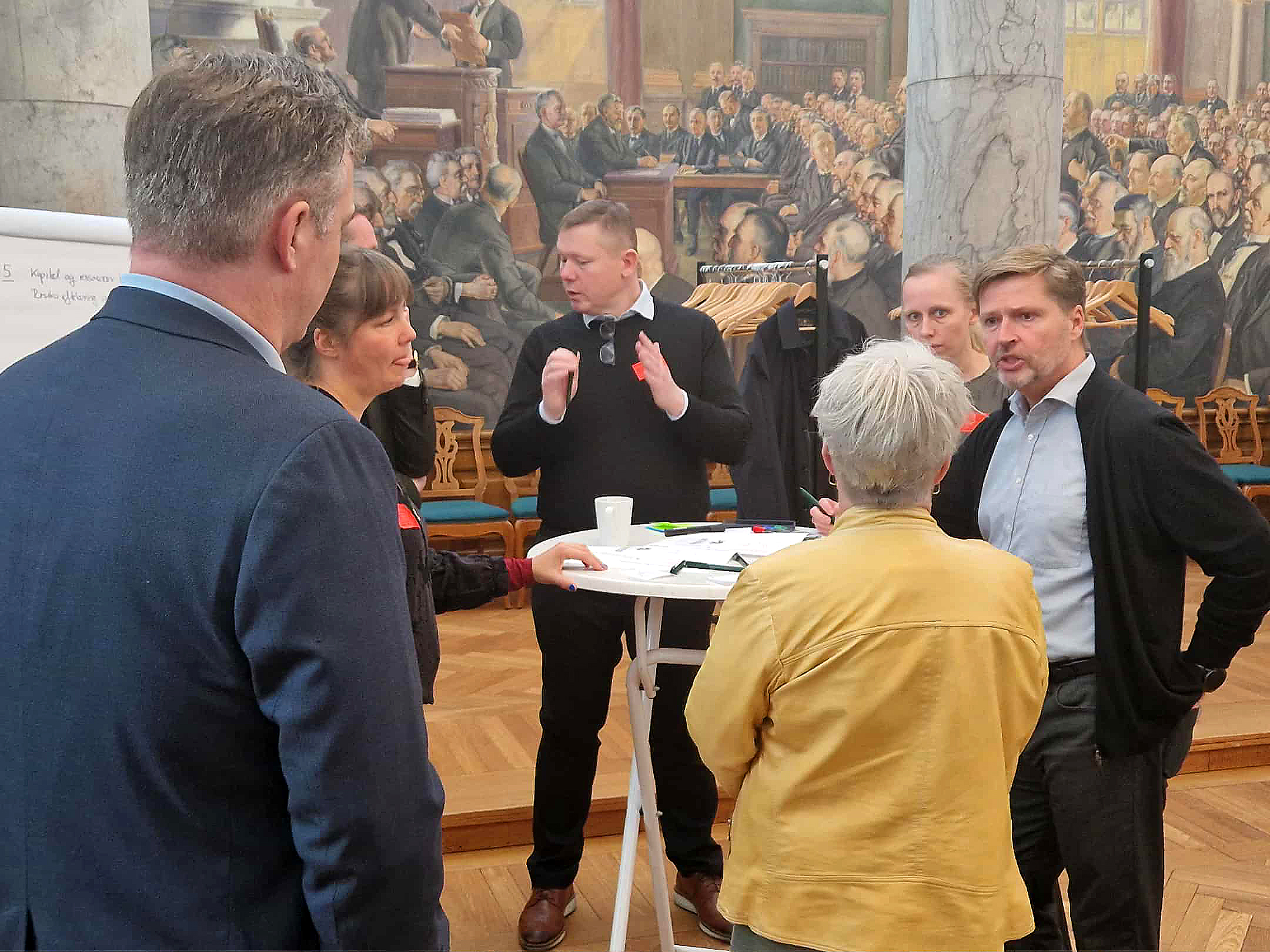
Focus on security of supply and funding
The workshop participants represented a wide range of bioenergy initiatives – including BENIGN, HyCarbFuels and Biomass gasification for hydrogen production – as well as six Nordic countries. Academia, public authorities, industry, businesses, organisations and civil society representatives were all present, reflecting the broad and complex stakeholder landscape that characterises the challenges of biomass for energy.
During the workshop, participants highlighted the need to redirect the discourse and focus more on security of supply and regional available resources. Financing of bioenergy projects was identified as a key-issue for the future development, from early startup initiatives to long-term investments.
“I found that the workshop strengthened my belief that seaweed can play a vital role as part of the energy mix in rural areas in the Arctic. The conversations during the workshop really highlighted that a concerted effort to invest resources in using this abundant resource can tackle our energy and material problems,” says Sean Scully, Adjunct at University of Akureyri and Project manager of BENIGN.
“However, we have a lot of work to do across the domains of basic science, engineering, and policy to bring solutions closer to reality. That said, there is definately a lot of promise but also no shortage of challenges to solve as we try to adapt solutions to local circumstances,” he says.
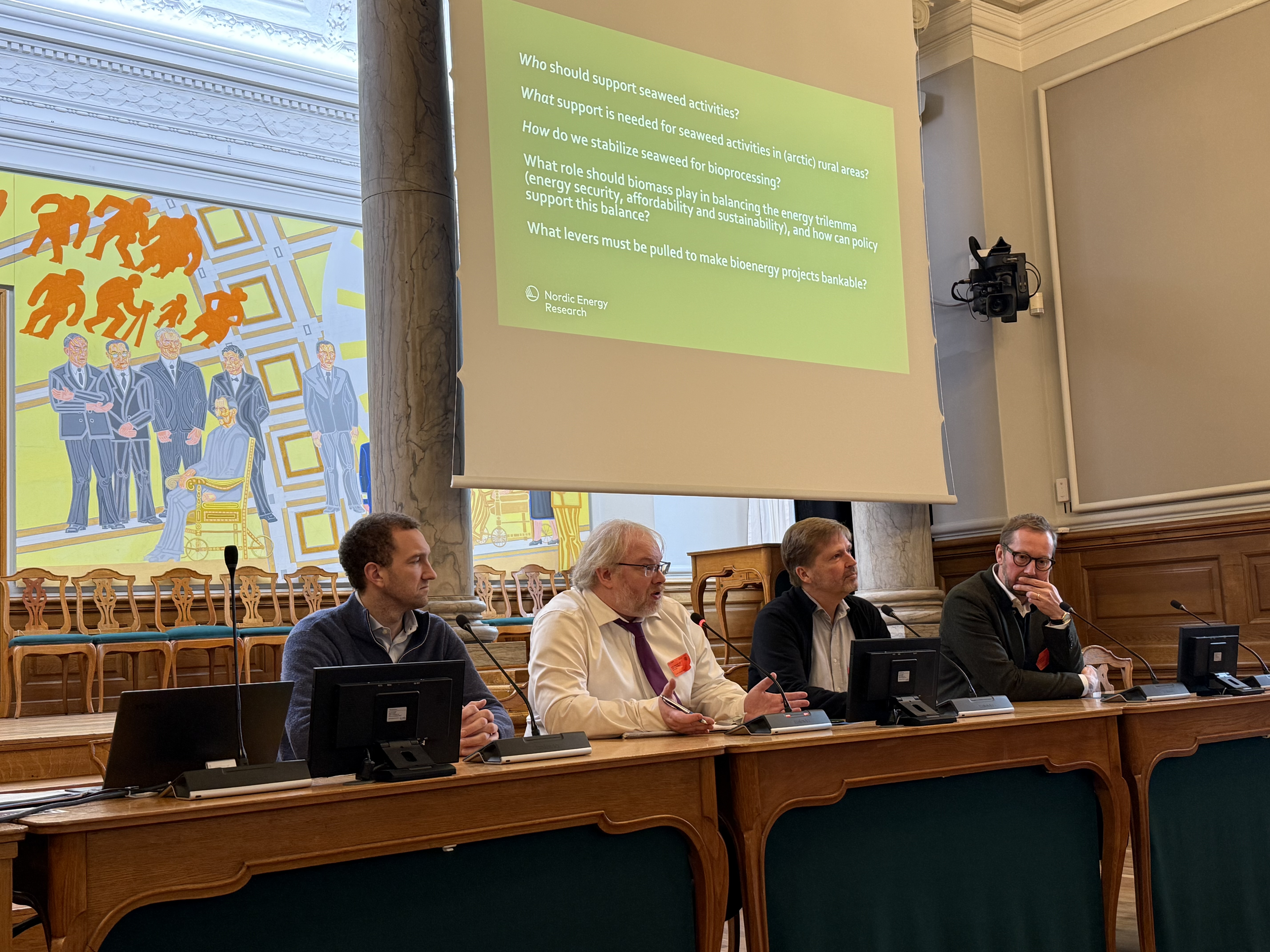
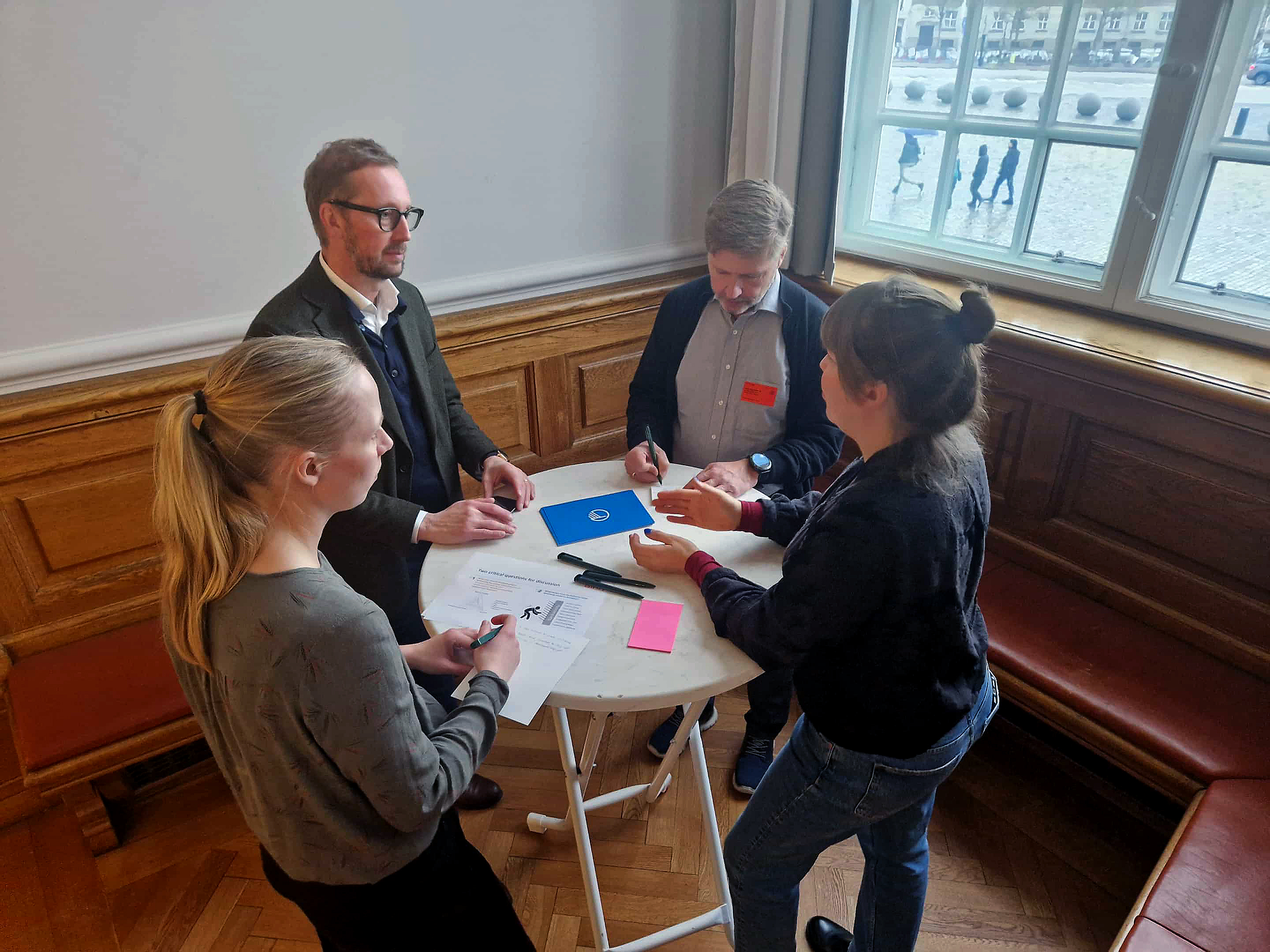
Best examples of bioenergy production
All the best examples of bioenergy production showcased in the reports from the Bioeconomy programme financed by Nordic Forest Research (SNS) and the Nordic Joint Committee for Agricultural and Food Research (NKJ) show that local circular economy and local long-term engagement from citizens, businesses and investors, municipalities and planning authorities create long term economical gain and a stable energy output.
The next steps will be a publication of results from the projects and recommendations from the workshop participants.

